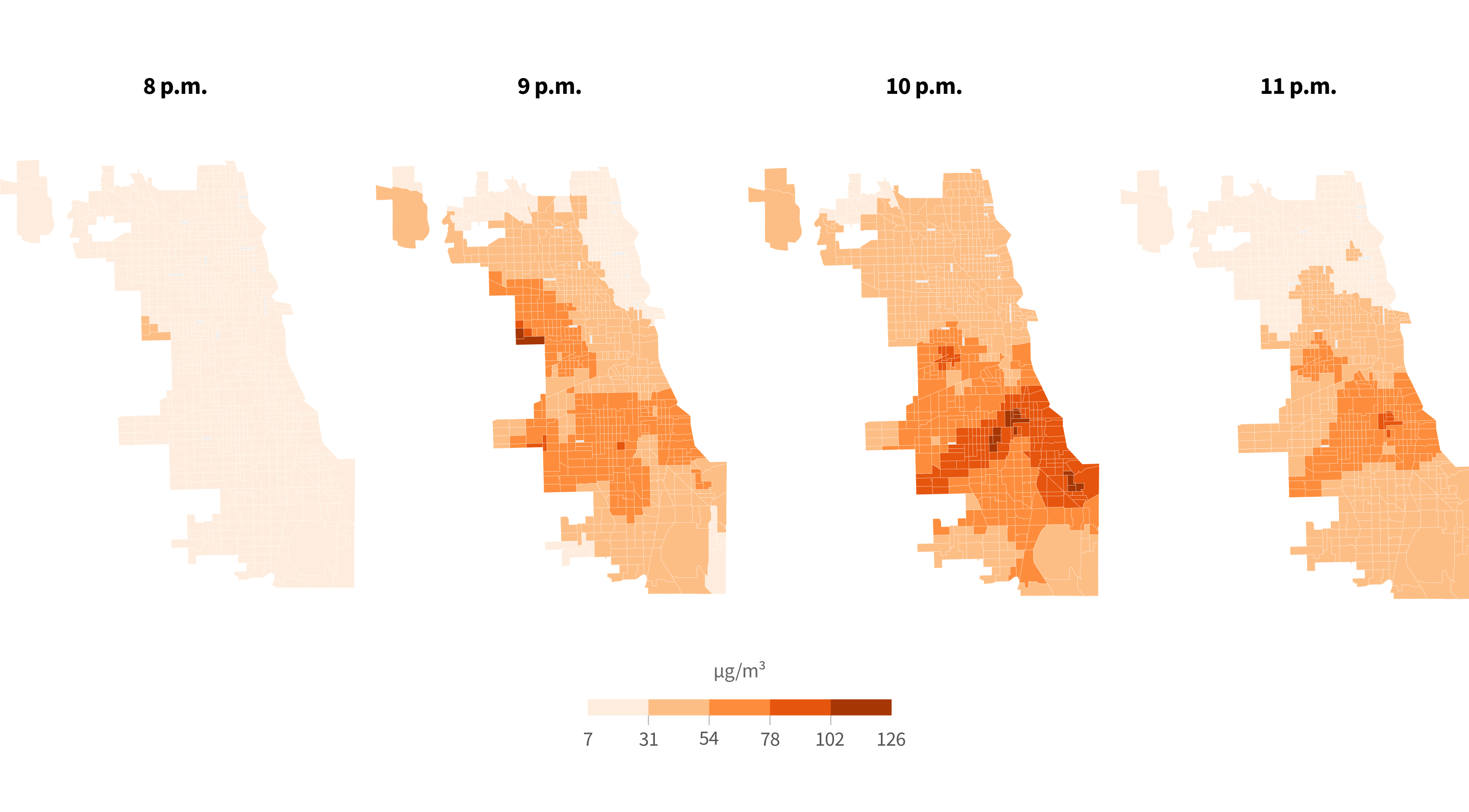Every year, around 1,200 and 1,400 artificial turf sports fields are installed in the European Union. These fields are made up of synthetic fibers, mainly plastics, that mimic the appearance of natural grass. Recently, the Consolidated Research Group in Marine Geosciences of the Faculty of Earth Sciences at the University of Barcelona conducted a study that, for the first time, characterizes and quantifies the presence of artificial turf fibers in samples collected from surface waters of the Catalan coast and the Guadalquivir River. The findings indicate that artificial turfs can be an important source of pollution in the aquatic environment, accounting for up to 15% of the plastics larger than 5 mm in length that are found floating in the aquatic environment.
“Artificial turf fibers we have found are mainly polyethylene and polypropylene, which match current global production trends of artificial turf and are typically found floating in the aquatic environment. We found them mostly in nearshore areas adjacent to large cities, such as Barcelona ,” explains William P. de Haan, UB researcher and first author of the paper.
According to the researchers, the study highlights that “artificial turf fibers are an important source of plastics in the aquatic environment, and it provides a detailed guide to identify them in future studies, in order to better understand their distribution and the specific impacts they may have on the environment.”
The study, published in the journal Environmental Pollution, also included the participation of UB researchers Miquel Canals, Oriol Uviedo and Anna Sanchez-Vidal, coordinator of the study. It is also signed by Rocío Quintana and Andrés Cózar, from the University of Cádiz, and César Vilas, from the Andalusian Institute of Agricultural, Fisheries, Food and Ecological Production Research and Training (IFAPA).
Traces of artificial turf in most marine samples
The researchers analyzed 217 water samples collected from the coast of Barcelona and 200 from the Guadalquivir River and found artificial turf fibers in most of the samples collected from the sea (62%) and in a significant proportion of those obtained from the river (37%). Concentrations were, on average, 50 times higher on the surface than in river waters. Up to 200,000 fibers per km2 were found in surface waters near Barcelona, and up to 20,000 fibers per day flowed down the Guadalquivir River.
These differences could be due, according to the researchers, to a lower retention of plastics in rivers — especially during seasonal rains — and to the long-term accumulation of artificial turf fibers on the sea surface in the coastal zone, where plastics released years or decades ago are retained before reaching the open ocean.
The researchers also stress that, although the results were obtained in specific geographical areas, “it is to be expected that other cities also contribute artificial turf fibers, but the amount released into the environment depends on many factors, such as the type, use and age of the artificial turf fields or surfaces, the total surface area installed and the prevention measures implemented.”
A guide to identify this material in the aquatic environment
Given these results, the researchers are “surprised at the ubiquity of this type of contamination and that at the same time it has gone unnoticed in studies that quantify and characterize plastics in the aquatic environment.” In this sense, they point out that, in previous studies, the artificial turf fibers “could have been confused with plant debris or fishing filaments.”
To improve the classification of this material, all the information obtained in the research has been compiled in a website that serves as a simple guide to identify artificial turf in the aquatic environment, as it shows examples of its characteristics (colours, materials, shapes, etc.) of the remains found during the study.
A serious environmental impact
The environmental repercussions detected with this research are, for the researchers, “multiple and very serious,” as they further amplify the impact of this material on the environment. “Our study has served to determine that, apart from reducing urban biodiversity, reducing runoff, overheating (up to 50ºC more than natural surfaces) and containing a large amount of harmful chemical compounds that give it durability, artificial turf surfaces release plastic fragments into the aquatic environment,” says Anna Sanchez-Vidal.?
These plastics are swallowed by aquatic animals and cause “the blockage of intestinal tracts and a decrease in growth and reproduction rates, among other important problems,” notes the researcher.
Policy measures
Faced with this situation, Anna Sanchez-Vidal stresses the importance of taking political and management measures. “If we want to put an end to plastic pollution of the oceans (in just over a year, the United Nations must approve the global and binding agreement that should make it possible to end plastic pollution by 2040), it is necessary to act on all levels, starting by rethinking the installation of these green plastic surfaces in public areas, such as schoolyards or sports fields, and private, such as music festivals, gyms, private gardens or terraces,” she says.
Assessing pollution on the coast of Barcelona since 2014
This study has been developed within the framework of the TRACE project, funded by the Spanish Ministry of Science and Innovation and the European Union and Surfing for Science. In this citizen science project, funded by the Spanish Foundation for Science and Technology (FECYT), groups of volunteers carry out the sampling using a special net that is hooked onto paddle surfboards or similar non-motorized crafts.
Since 2014, the Marine Geosciences Research Group has been recurrently analyzing samples of microplastics — plastics smaller than 5 millimeters — floating off the Catalan coast. “This time series of almost a decade is the one that should serve us to determine, for example, if the increase in global plastic production (these last few years has increased by about ten million tons per year) is evidenced by an increase in the concentration of floating plastic near the coast,” the researchers conclude.

